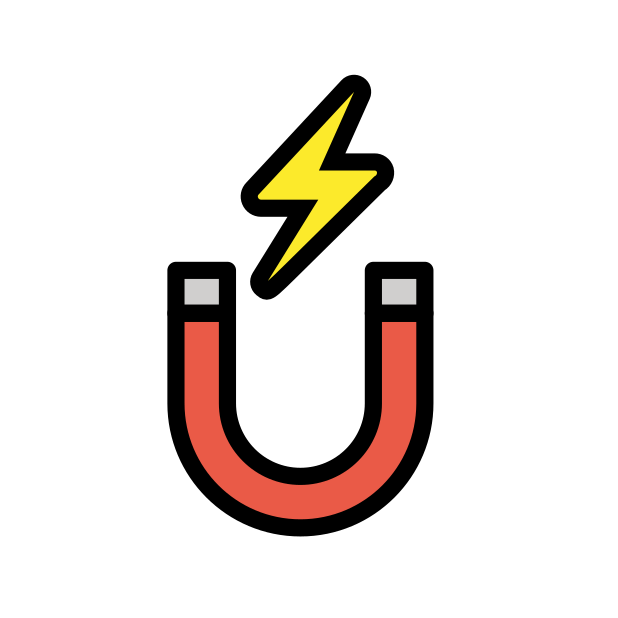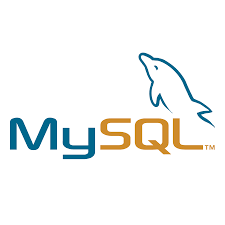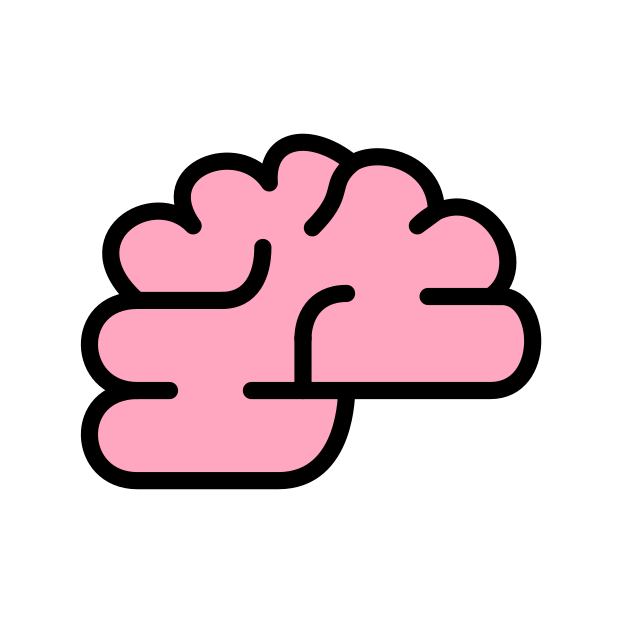AIDA framework
The AIDA framework is an automated tool that applies the AIDA marketing model to generate structured content aimed at guiding potential customers through the stages of Attention, Interest, Desire, and Action.
Overview
The AIDA framework tool is a sophisticated application designed to streamline the marketing content creation process by leveraging the AIDA model, which stands for Attention, Interest, Desire, and Action. This tool is built on a low-code AI workflow platform, making it accessible to a wide range of users, from marketing professionals to business owners. It requires users to input key details about their product or service, including the name, a description, and the desired tone of voice. These inputs are then processed by an advanced language model, likely a variant of OpenAI's GPT-3.5, to generate content that captures the essence of the AIDA framework. The output is a well-structured marketing message that is designed to grab the attention of the target audience, pique their interest, create a desire for the product or service, and ultimately prompt them to take action.
Use cases
The AIDA framework tool can be used by marketing teams to create compelling ad copy, by content creators for crafting engaging blog posts or social media content, and by sales professionals to develop persuasive sales pitches. It is also valuable for startups and small businesses that may not have the resources for a dedicated marketing team but still need to produce effective marketing materials to attract and convert customers. The tool's flexibility and ease of use make it suitable for a variety of industries and marketing channels.
Benefits
The benefits of using the AIDA framework tool include saving time and resources in content creation, ensuring consistency in marketing messages, and potentially increasing conversion rates by systematically addressing the psychological journey of the customer. The tool's use of AI allows for scalability and customization, enabling users to produce high-quality content that resonates with their audience. Additionally, the deterministic nature of the output ensures that the marketing message is focused and aligned with the user's brand voice.
How it works
To use the AIDA framework tool, users must provide the product name and a detailed description, along with specifying the tone of voice for the content. The tool then employs a transformation step, utilizing a language model to interpret the inputs and craft content that aligns with the AIDA structure. The process involves a prompt completion method where the provided details are formatted into a template that guides the AI in generating the content. The output maintains the original formatting, ensuring clarity and consistency, and is deterministic, with a set temperature parameter that minimizes randomness in the results. The final output is a tailored marketing message that follows the AIDA sequence, designed to effectively engage potential customers.
Featured Templates
Templates



















.png/49beebe0-5fe0-4102-9815-fa9b3267aca1.png)













.png/e14d3fc3-caf7-4cdf-8506-4e075aa15422.png)
.png/267f7076-70f7-4e5b-b566-cc64939eb422.png)







